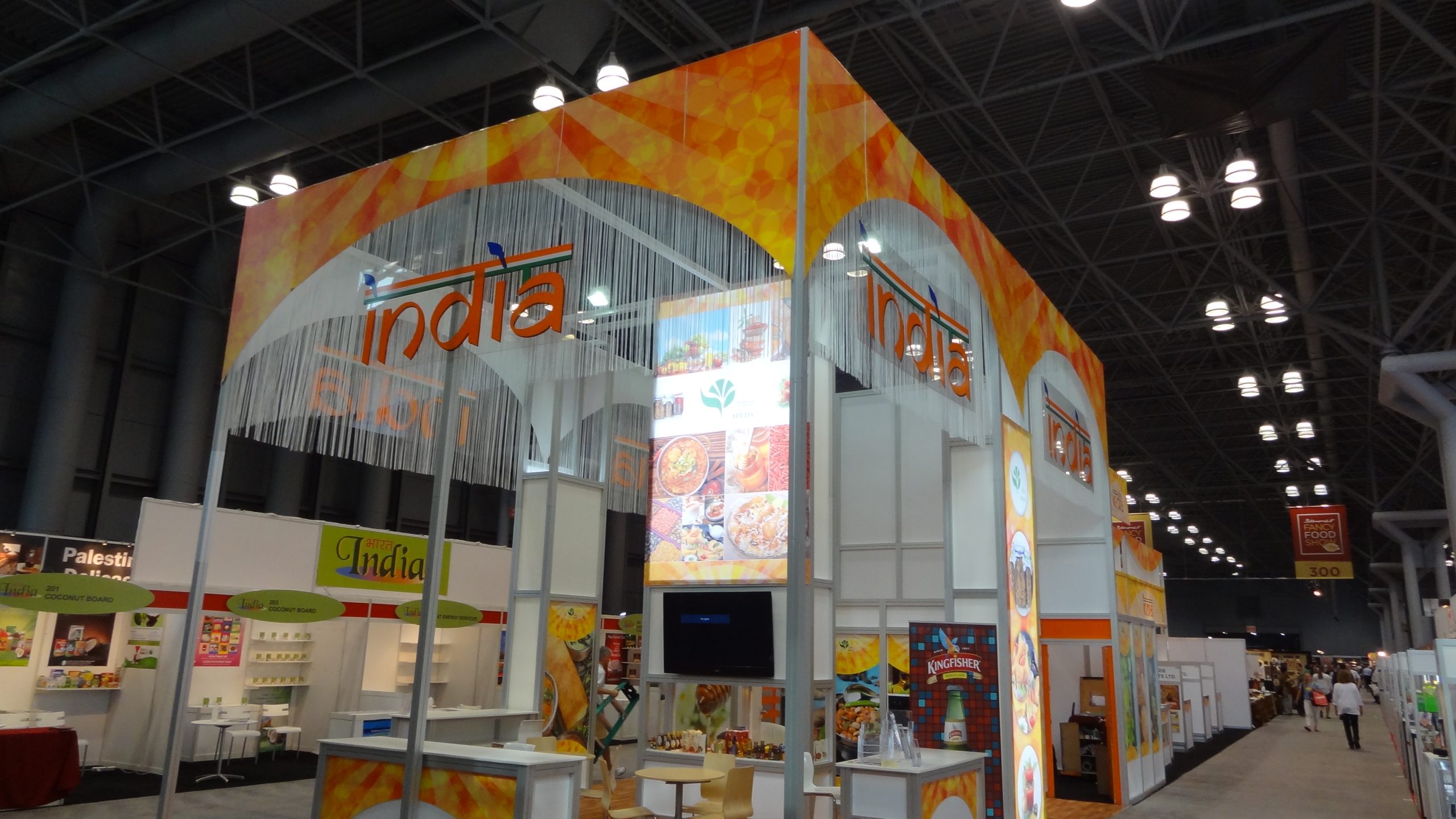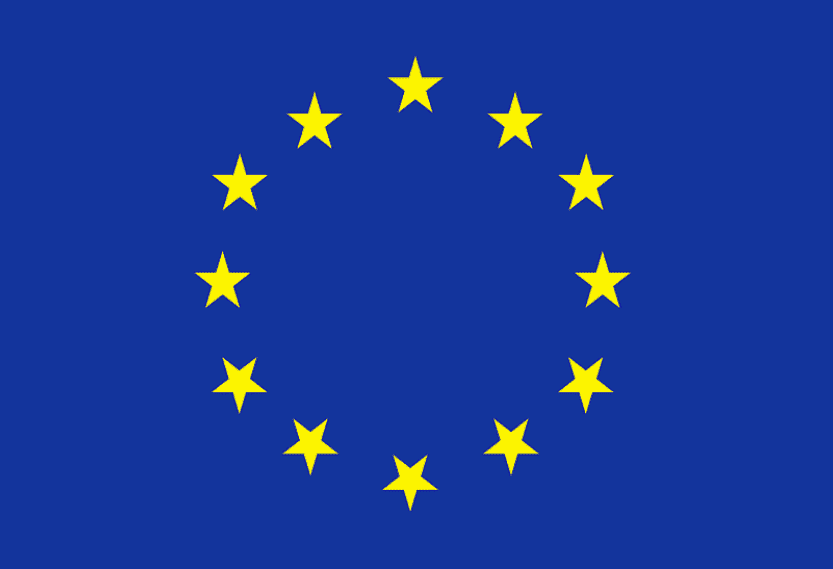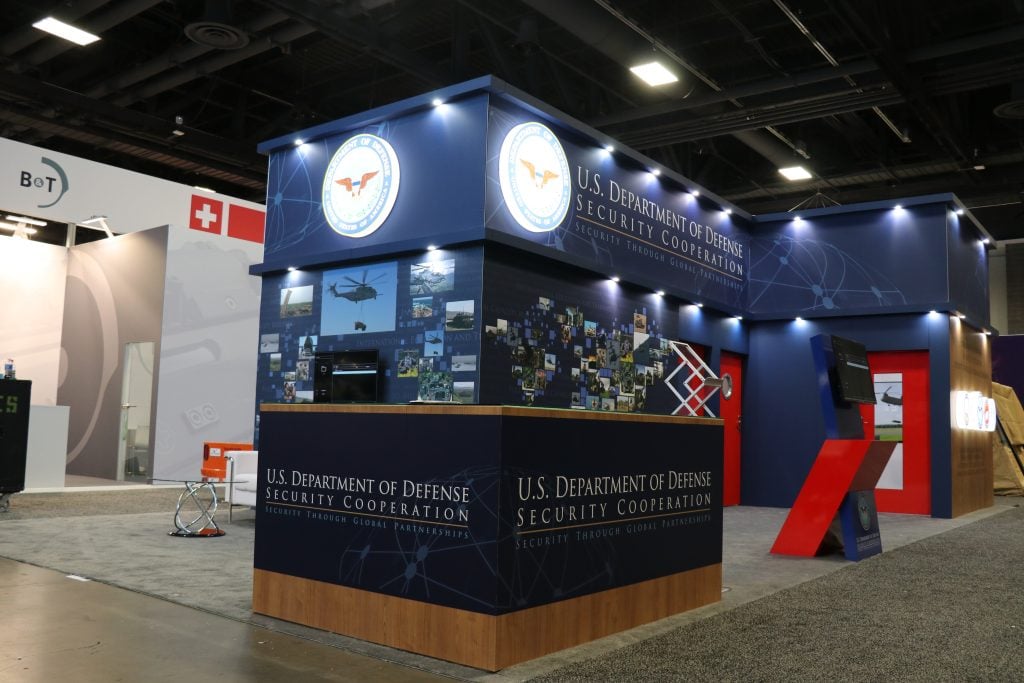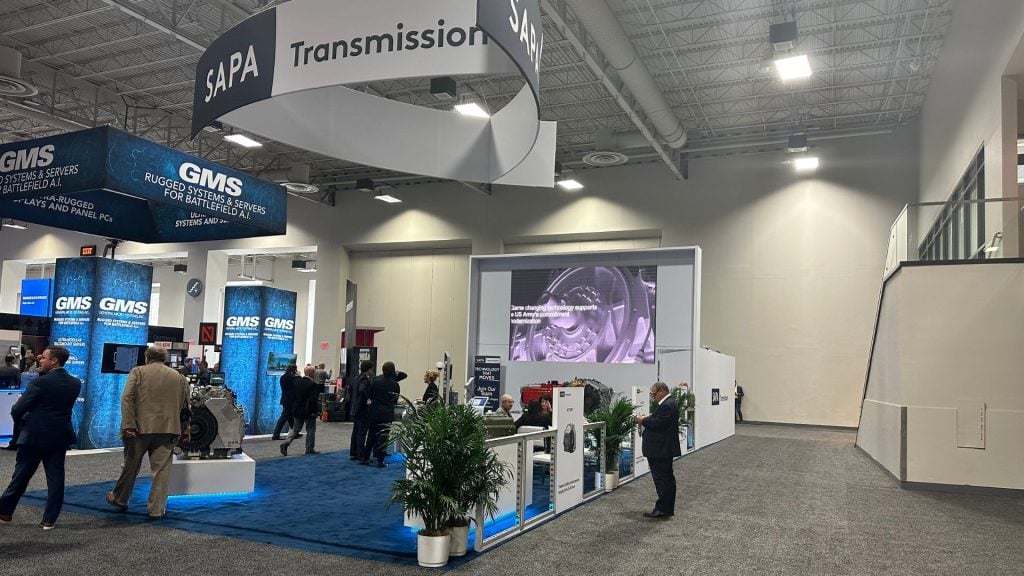
Introduction
Exhibition booths are a crucial component of trade shows, acting as the physical representation of a brand’s identity, values, and offerings. In an increasingly globalized world, cultural trends significantly influence booth aesthetics, shaping how brands present themselves and engage with diverse audiences. This blog delves into the impact of cultural trends on booth design, examining case studies from global shows to highlight best practices and innovative approaches.
The Power of Cultural Trends
Defining Cultural Trends
Cultural trends encompass the prevailing ideas, customs, and social behaviors of particular societies. These trends are dynamic, reflecting changes in technology, economy, and societal values. In the context of booth aesthetics, cultural trends can dictate color schemes, materials, themes, and interactive elements that resonate with specific audiences.
Why Do Cultural Trends Matter?
Understanding and integrating cultural trends into booth design is essential for several reasons:
- 1. Audience Connection: Booths that align with cultural preferences create a stronger connection with visitors.
- 2. Brand Perception: Culturally attuned designs enhance the perception of the brand as respectful and aware of local customs.
- 3. Engagement: Culturally relevant elements can increase engagement, making booths more inviting and memorable.
Case Studies
1. Tokyo Game Show: Embracing Technological Aesthetics
- Cultural Context
Japan is renowned for its technological advancements and distinct pop culture, particularly in gaming and animation. The Tokyo Game Show reflects this cultural affinity, with booths often incorporating cutting-edge technology and vibrant aesthetics.
- Booth Design Example
A leading gaming company at the Tokyo Game Show designed their booth with an immersive VR setup, surrounded by LED screens displaying animated characters and gameplay. The use of neon colors, interactive touchscreens, and cosplay elements created a visually striking and culturally resonant experience, attracting a large number of attendees.
- Key Takeaway
Integrating technology and pop culture elements can create an engaging and culturally relevant booth that appeals to tech-savvy and pop culture enthusiasts.
2. Milan Furniture Fair: Celebrating Artisanal Craftsmanship
- Cultural Context
Italy is synonymous with art, design, and craftsmanship. The Milan Furniture Fair, a premier event for the furniture and design industry, showcases this cultural heritage through sophisticated and elegant booth designs.
- Booth Design Example
An Italian furniture brand showcased their collection in a booth designed to resemble a traditional Italian villa. The use of natural materials like wood and marble, combined with minimalist yet elegant furniture, highlighted the brand’s commitment to artisanal craftsmanship. The booth’s warm lighting and open layout invited visitors to explore and appreciate the fine details of the furniture.
- Key Takeaway
Emphasizing local craftsmanship and cultural heritage through booth design can create an authentic and luxurious experience that resonates with design aficionados.
3. Dubai Airshow: Merging Tradition with Modernity
- Cultural Context
The UAE is a hub of modernity and innovation, yet deeply rooted in its traditions and cultural heritage. The Dubai Airshow reflects this blend, with booths often showcasing advanced aerospace technologies alongside traditional elements.
- Booth Design Example
A leading aerospace company designed their booth to reflect the UAE’s blend of tradition and modernity. The booth featured sleek, modern displays of aircraft models and flight simulations, while incorporating traditional Arabian design elements such as geometric patterns, arches, and hospitality areas offering Arabic coffee and dates.
- Key Takeaway
Balancing modern innovation with traditional cultural elements can create a unique and respectful booth design that appeals to both local and international audiences.
4. Brazil’s Fashion Week: Vibrant and Dynamic Presentations
- Cultural Context
Brazil is known for its vibrant culture, colorful festivals, and dynamic fashion scene. Brazil’s Fashion Week is a testament to this cultural exuberance, with booths often reflecting bold and lively aesthetics.
- Booth Design Example
A Brazilian fashion brand designed their booth with a carnival-inspired theme, featuring bright colors, dynamic lighting, and interactive fashion displays. The use of bold patterns, live music, and dance performances created a festive atmosphere that captivated visitors and highlighted the brand’s vibrant identity.
- Key Takeaway
Incorporating bold colors, dynamic elements, and cultural festivities can create an energetic and captivating booth that stands out and attracts attention.
5. Paris Food Show: Culinary Art and Sophistication
- Cultural Context
France is renowned for its culinary arts and sophisticated taste. The Paris Food Show showcases this cultural appreciation for food and dining, with booths often designed to reflect elegance and gastronomic excellence.
- Booth Design Example
A French gourmet food brand designed their booth as a chic Parisian café, complete with elegant décor, ambient lighting, and live cooking demonstrations. The use of fine dining elements, such as beautifully set tables and premium ingredients, emphasized the brand’s commitment to culinary excellence and sophistication.
- Key Takeaway
Creating an elegant and immersive culinary experience can highlight a brand’s dedication to quality and sophistication, appealing to discerning food enthusiasts.
Conclusion
Cultural trends play a pivotal role in shaping booth aesthetics, influencing how brands connect with diverse audiences at global trade shows. By understanding and integrating these trends into booth design, exhibitors can create engaging, memorable, and culturally resonant experiences.
The case studies from global shows highlight the importance of aligning booth aesthetics with cultural contexts, showcasing best practices that can inspire and guide future exhibition strategies.
As the exhibition industry continues to evolve, staying attuned to cultural trends will be essential for creating impactful and successful booth designs.
By celebrating local customs, integrating modern technologies, and balancing tradition with innovation, exhibitors can ensure their booths not only stand out but also foster deeper connections with their audiences. Embracing the cultural nuances of each market can transform an ordinary booth into an extraordinary experience, ultimately driving greater engagement, brand loyalty, and success at trade shows worldwide.


 Global
Global Europe
Europe

